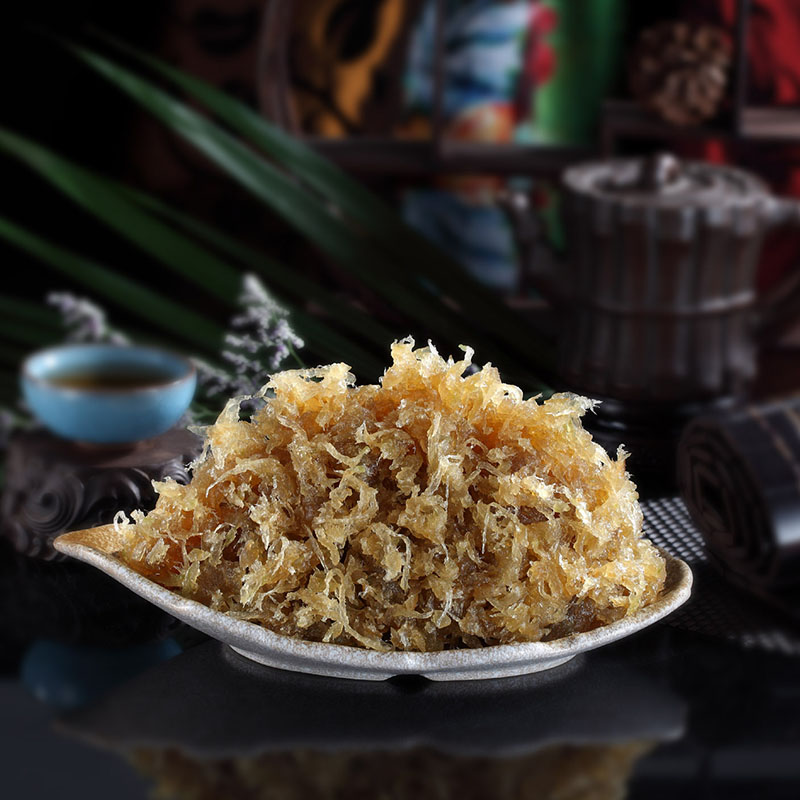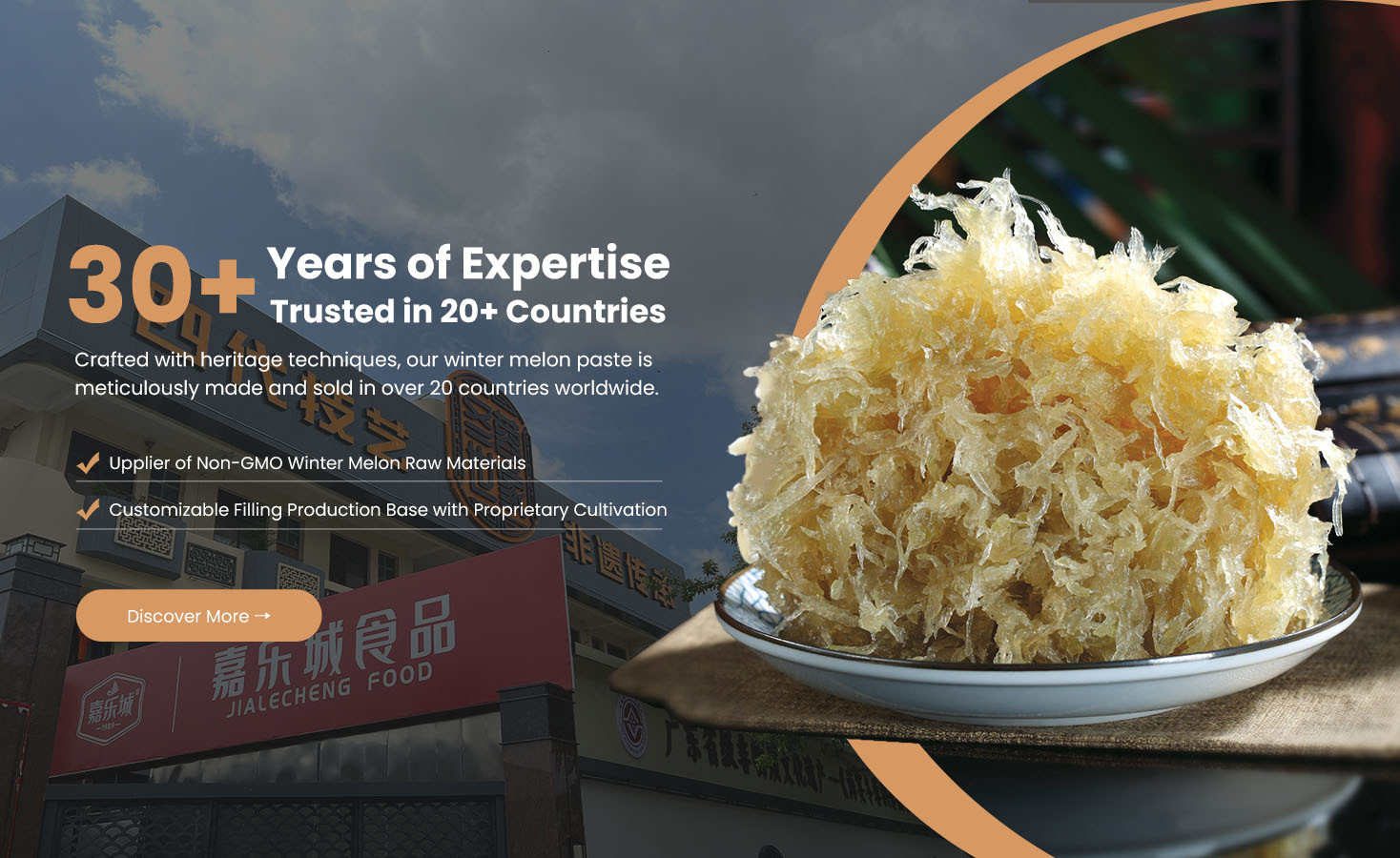Best Practices for Storage And Handling Of Winter Melon Puree
As a versatile pastry filling, winter melon puree is loved by pastry shop owners and baking enthusiasts for its sweet taste and delicate texture. However, in order to ensure the quality and food safety of winter melon puree, correct storage and handling methods are essential. Especially for commercial users, scientific storage and handling methods can effectively extend the shelf life of winter melon puree and reduce waste. This article will provide you with the best practices for storage and handling of winter melon puree to help you use this filling efficiently in your commercial operations.
1. Storage environment: low temperature and sealed storage
Winter melon puree contains a certain amount of water and sugar, which is easy to breed bacteria, so it needs to be stored in a low temperature environment. It is recommended to put winter melon puree into a clean sealed container and store it in the refrigerator (0-4°C). Under this condition, unopened winter melon puree can be stored for about 1 month. If the winter melon puree is homemade or does not contain preservatives, it is recommended to use it within a week to ensure freshness and flavor. Sealed storage not only prevents bacterial contamination, but also prevents the winter melon puree from absorbing other odors in the refrigerator.

2. Frozen storage: Extend shelf life
For winter melon puree that needs to be stored for a long time, freezing is an ideal choice. Divide the winter melon puree into small portions, put them into sealed bags or special freezer containers, and place them in the freezer of the refrigerator. In a frozen state, winter melon puree can be stored for 3-6 months without significantly changing its flavor and texture. When using, move the required portion to the refrigerator in advance for slow thawing to avoid direct heating that causes water separation. Frozen storage is particularly suitable for pastry shop owners, who can flexibly take it according to the order volume to reduce waste.
3. Handling hygiene: avoid contamination
When handling winter melon puree, hygiene is key. Before use, make sure all tools are cleaned and disinfected to avoid cross contamination. When taking winter melon puree, try to use a clean dry spoon and avoid direct contact between wet spoons or hands and fillings to avoid introducing moisture or bacteria. After each use, seal the container immediately and return it to the refrigerator. For commercial users, it is recommended to set up a special filling handling area in the operation area and strictly abide by food safety standards to ensure product quality.
4. Observe the quality: determine whether it has deteriorated
During the storage process, it is essential to regularly check the quality of the winter melon puree. Fresh winter melon puree should be light golden yellow and smell sweet winter melon. If the winter melon puree is found to be darker in color, has an odor, or has mold spots on the surface, it means that it has deteriorated and should be discarded immediately. In addition, if the texture of the winter melon puree becomes too thin or there is water separation, it may also be caused by improper storage. It is recommended to stop using it. Commercial users should establish inspection records to ensure that each batch of winter melon puree meets safety standards.
5. Reasonable packaging: improve efficiency of use
In order to improve efficiency of use, it is recommended to reasonably package the winter melon puree when storing it. Pastry shop owners can package the winter melon puree into small portions according to daily needs, so that they do not need to repeatedly open large packages each time they use it, reducing the risk of contamination. When packaging, use transparent sealed bags or containers, and indicate the storage date and quantity on the label for easy management and tracking. This method not only improves operational efficiency, but also ensures the freshness of the winter melon puree.
Winter melon puree can maintain its best flavor and safety through low-temperature sealing, frozen storage, sanitary treatment, quality observation and reasonable packaging. For commercial users, these best practices can not only extend the shelf life of winter melon puree, but also improve operational efficiency, reduce waste and ensure product quality. Following these suggestions, you can more confidently apply winter melon puree to pastry making and provide customers with a delicious and safe dessert experience.




